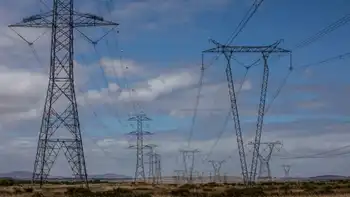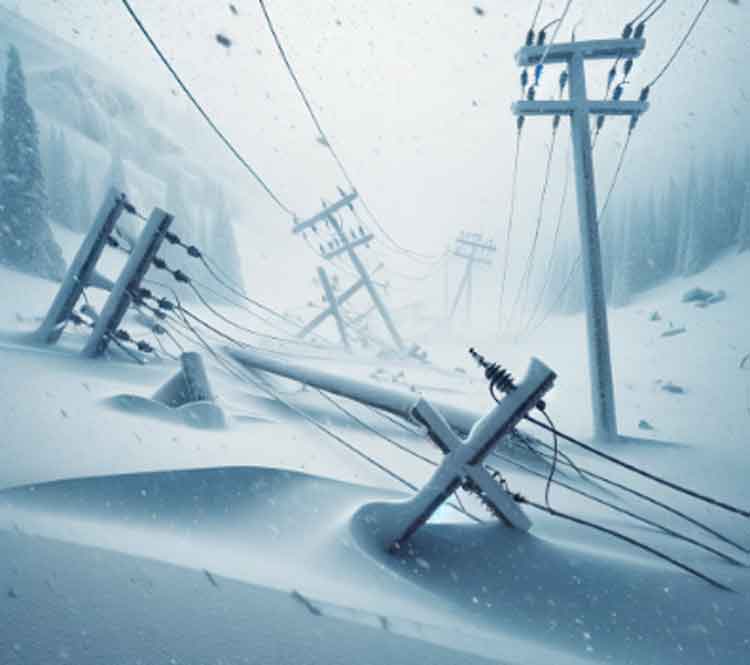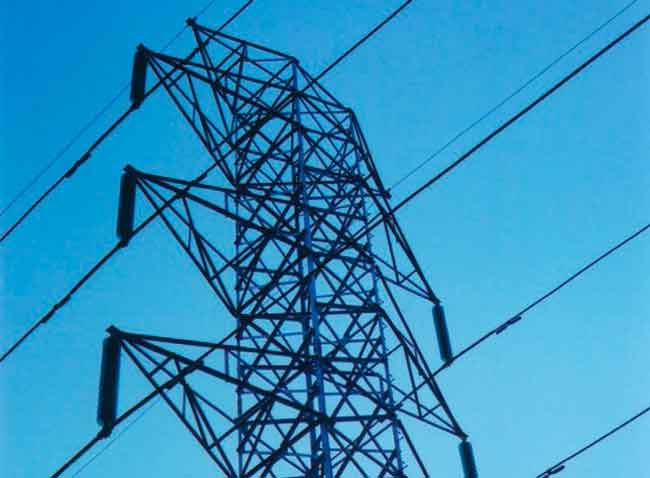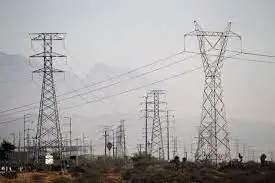600,000 Ontario homes get solar, wind power
By Globe and Mail
Electrical Testing & Commissioning of Power Systems
Our customized live online or in‑person group training can be delivered to your staff at your location.

- Live Online
- 12 hours Instructor-led
- Group Training Available
Residential customers in Ontario will pay $300 more a year on average for electricity by the end of 2011, an increase of 25 per cent, according to energy consultants. And the rate increases wont end there. Investments of more than $8billion in green energy projects unveiled by the Ontario government will add another $60 a year to hydro bills by 2012.
The Ontario Power Authority announced that it has approved 185 wind, solar and biomass projects capable of generating 2,500 megawatts of electricity, enough to power 600,000 homes.
This is the most significant climate change initiative in all of North America, Ontario Energy Minister Brad Duguid said at Durham College in Whitby, where the projects were unveiled. It puts us ahead of the game and thats where we fully intend to stay.
Electricity consumers will pay another $5 a month by 2012, when the projects are up and running. The province wants cleaner air and an economic future, and that comes with a cost, Mr. Duguid said. The projects will create 20,000 jobs in Ontarios battered manufacturing heartland and also help the McGuinty government meet its pledge to replace the provinces pollutionspewing, coalfired electricity plants with cleaner sources of power by 2014.
Were very conscious of the impact on the consumer of increasing costs, Mr. Duguid said. This is one of the challenges for our generation.
Historically, Ontarios electricity prices have placed it in the middle of the pack in Canada. Prince Edward Island has the highest prices. Ontario has also enjoyed lower electricity prices than the United States, said energy consultant Tom Adams.
But consumers will pay another 3.04 cents a kilowatt hour for electricity next year, bringing the total cost, including distribution, to 14.54 cents, according to energy consultant Tom Adams. The calculation is based on typical consumption of 800 kilowatt hours a month.
By comparison, the average residential rate in the United States will rise just 2 per cent to 11.74 cents next year, according to a forecast this week by the U.S. Energy Information Administration.
By 2011, we are going to blow past them, Mr. Adams said.
Several factors are responsible for the looming higher prices in Ontario, according to Bruce Sharp at Aegent Energy Advisors Inc. The government is luring greenenergy investors with the promise of generous longterm contracts that include a guaranteed revenue stream. As well, the new harmonized sales tax will add 8 per cent to everyones bill starting July 1, or $98 a year for the average bill. The introduction of timeofuse billing, which charges 9.3 cents a kilowatt during peak periods and 4.4 cents during offpeak periods, will result in a $50 a year increase for the typical residential consumer, Mr. Sharp said.
Environmentalists defended the higher costs associated with green energy projects.
Any new plant you build today is going to be in this kind of a cost range, said Keith Stewart, director of WWFCanadas climate change program. When you look back 100 years, the naysayers were saying, dont build Niagara Falls, its too expensive. But thats what powered our economy for the first half of the 20th century.
But Progressive Conservative energy critic John Yakabuski criticized the government for not being more forthcoming about the impact of these projects on electricity prices.
Theyre not talking about what it is going to do about prices, he said.











